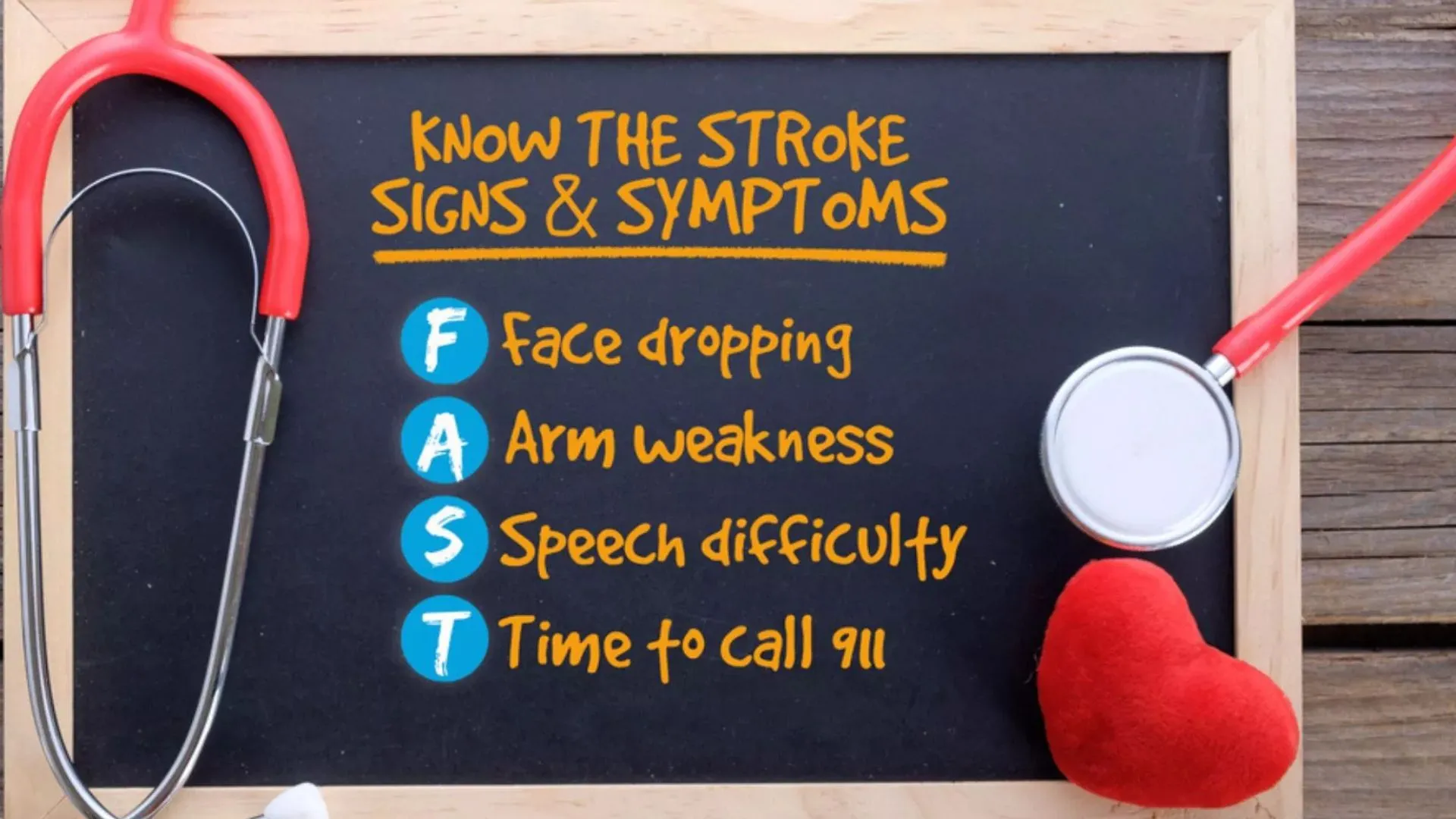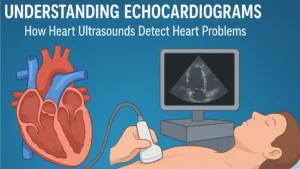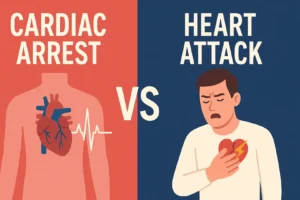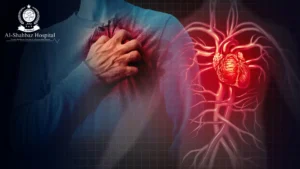Introduction
Stroke Warning Signs are critical to recognize early—stroke is a leading cause of death and disability worldwide, affecting millions of people each year. Understanding the warning signs and knowing how to respond can save lives. This comprehensive guide covers everything you need to know about stroke recognition, prevention, and care.
What is a Stroke?
A stroke occurs when blood flow to part of the brain is interrupted or reduced, preventing brain tissue from getting oxygen and nutrients. Brain cells begin to die within minutes, making stroke a true medical emergency requiring immediate attention.
Types of Stroke
Ischemic Stroke (87% of all strokes)
- Caused by blocked blood vessels in the brain
- The most common type of stroke
- Often caused by blood clots or narrowed arteries
Hemorrhagic Stroke (13% of all strokes)
- Caused by bleeding in the brain
- Results from burst blood vessels
- Generally, more severe than ischemic strokes
Transient Ischemic Attack (TIA)
- “Mini-stroke” with temporary symptoms
- Warning signs of future stroke risk
- Symptoms typically last less than 24 hours
Critical Stroke Warning Signs: Remember F.A.S.T.
The F.A.S.T. acronym helps identify the most common stroke symptoms:
F– Face Drooping
- One side of the face droops or feels numb
- Smile appears uneven or lopsided
- Ask the person to smile and check for facial asymmetry
A – Arm Weakness
- Weakness or numbness in one arm
- Difficulty raising both arms equally
- Test by asking to raise both arms for 10 seconds
S – Speech Difficulty
- Slurred speech or strange words
- Difficulty understanding speech
- Ask the person to repeat a simple phrase
T – Time to Call Emergency Services
- If any of these signs are present, call 911 immediately
- Note the time symptoms first appeared
- Every minute matters in stroke treatment
Additional Stroke Warning Signs
Beyond F.A.S.T., other symptoms include:
- Sudden severe headache with no known cause
- Vision problems in one or both eyes
- Dizziness or loss of balance
- Confusion or difficulty understanding
- Numbness on one side of the body
- Trouble walking or coordination problems
Stroke Statistics: Understanding the Impact
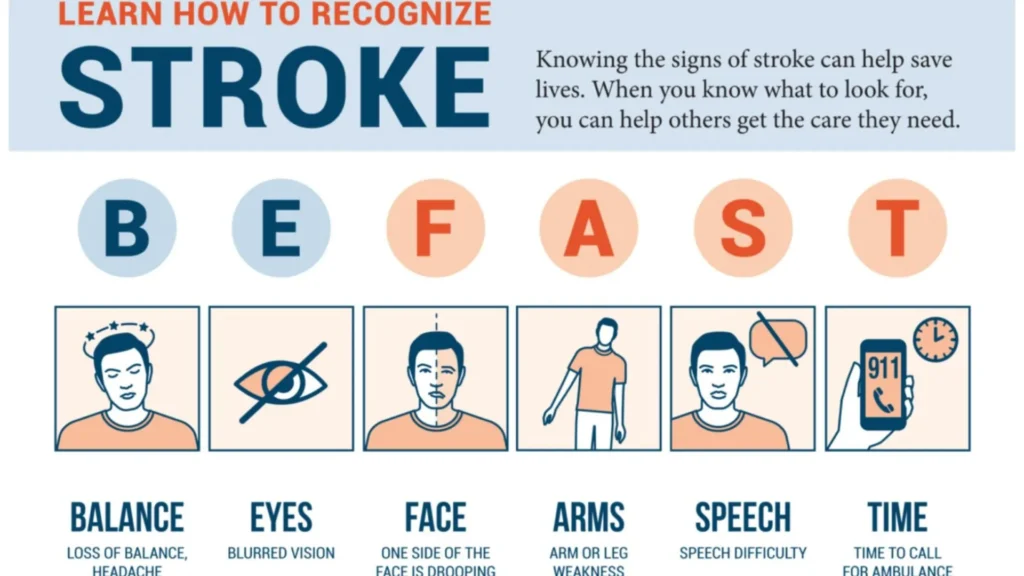
Global Stroke Burden
- 15 million people suffer strokes worldwide annually
- 6 million deaths from stroke each year globally
- 5 million survivors left permanently disabled
- Stroke is the 2nd leading cause of death worldwide
United States Statistics
- 795,000 Americans have a stroke each year
- 610,000 are first-time strokes
- 185,000 are recurrent strokes
- Someone in the US has a stroke every 40 seconds
- Someone dies from a stroke every 3.5 minutes
Economic Impact
- $56.5 billion in annual stroke-related costs in the US
- Includes healthcare services, medications, and lost productivity
- Average lifetime cost per stroke patient: $140,000
Demographics and Risk Factors
- Age: Risk doubles every 10 years after age 55
- Gender: Men have 1.25 times higher risk than women
- Race: African Americans have 2x higher stroke risk
- Family history: Increases risk by 30%
Risk Factors You Can Control
Modifiable Risk Factors
High Blood Pressure
- Present in 77% of stroke patients
- The most important controllable risk factor
- Target: Less than 120/80 mmHg
High Cholesterol
- Affects 71% of stroke patients
- LDL should be below 100 mg/dL
- HDL should be above 40 mg/dL (men) or 50 mg/dL (women)
Diabetes
- Doubles stroke risk
- 26% of stroke patients have diabetes
- Maintain HbA1c below 7%
Smoking
- Increases stroke risk by 2-4 times
- 20% of stroke patients are smokers
- Risk decreases within 2 years of quitting
Physical Inactivity
- Sedentary lifestyle increases risk by 35%
- 150 minutes of moderate exercise weekly is recommended
- Even light activity reduces risk
Obesity
- A BMI over 30 increases stroke risk by 64%
- Abdominal obesity is particularly dangerous
- 5-10% weight loss significantly reduces the risk
Non-Modifiable Risk Factors
- Age: 65+ years accounts for 75% of strokes
- Gender: Men are at higher risk until age 85
- Race: Higher rates in African Americans and Hispanics
- Family history: Genetic predisposition
- Previous stroke or TIA: 10x higher risk
Stroke Prevention Strategies
Lifestyle Modifications
Diet and Nutrition
- Follow the Mediterranean or DASH diet
- Reduce sodium to less than 2,300mg daily
- Increase fruits and vegetables (5+ servings daily)
- Choose whole grains over refined carbs
- Limit saturated fat to less than 7% of calories
Physical Activity
- Aim for 150 minutes of moderate exercise weekly
- Include strength training 2+ days per week
- Start slowly and gradually increase intensity
- Activities: walking, swimming, cycling, dancing
Stress Management
- Chronic stress increases stroke risk by 50%
- Practice relaxation techniques
- Consider meditation or yoga
- Maintain social connections
Medical Management
Regular Health Screenings
- Blood pressure: Check monthly if high, annually if normal
- Cholesterol: Every 5 years, more frequently if abnormal
- Diabetes: Annual HbA1c testing
- Atrial fibrillation: Regular heart rhythm checks
Medication Adherence
- Take prescribed medications consistently
- Don’t stop medications without doctor approval
- Anticoagulants for atrial fibrillation
- Antiplatelets for previous stroke/TIA
What to Do During a Stroke Emergency
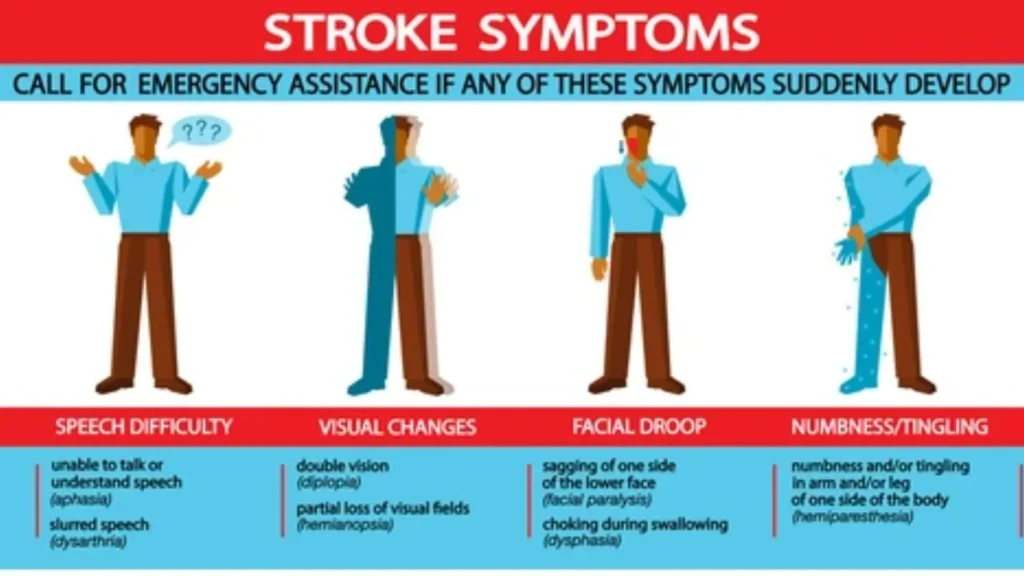
Immediate Actions
- Call 911 immediately – Don’t drive to the hospital
- Note the time symptoms began
- Stay calm and keep the person comfortable
- Don’t give food or water – swallowing may be impaired
- Gather the medication list and medical information
- Be prepared to perform CPR if needed
Hospital Treatment Options
Clot-Busting Medications
- tPA (tissue plasminogen activator)
- Most effective within 3-4.5 hours
- Can restore blood flow in ischemic stroke
Mechanical Thrombectomy
- Surgical removal of blood clots
- Effective up to 24 hours in some cases
- Used for large vessel occlusions
Recovery and Rehabilitation
Post-Stroke Care
Immediate Recovery Phase
- Medical stabilization
- Swallowing evaluation
- Mobility assessment
- Cognitive testing
Rehabilitation Services
- Physical therapy for movement and balance
- Occupational therapy for daily activities
- Speech therapy for communication
- Psychological support for emotional health
Long-Term Management
Secondary Prevention
- Medication adherence
- Lifestyle modifications
- Regular medical follow-ups
- Risk factor monitoring
Quality of Life
- Adaptive equipment and home modifications
- Support groups and counseling
- Vocational rehabilitation
- Family education and support
At Al Shahbaz Hospital, we provide comprehensive stroke care to support every stage of your recovery. Our neurology department offers 24/7 emergency stroke treatment, advanced diagnostic imaging, and a specialized stroke unit for in-hospital care.
Must-Know Questions About Stroke Warning Signs and Recovery
Q1.Can strokes be prevented?
A: Yes, up to 80% of strokes are preventable through lifestyle modifications and medical management. Controlling blood pressure, cholesterol, diabetes, and avoiding smoking are the most effective prevention strategies.
Q2.What’s the difference between a stroke and a heart attack?
A: A stroke affects the brain when blood flow is blocked or a blood vessel bursts, while a heart attack affects the heart muscle when blood flow to the heart is blocked. Both are medical emergencies requiring immediate treatment.
Q3.How long do stroke symptoms last?
A: Stroke symptoms can be permanent if not treated quickly. TIA symptoms typically resolve within 24 hours, but even temporary symptoms require immediate medical attention as they’re warning signs of future stroke risk.
Q4.Can young people have strokes?
A: Yes, while stroke risk increases with age, about 15% of strokes occur in people under 50. Young adults can have strokes due to conditions like blood disorders, heart problems, or substance abuse.
Q5.What’s the “golden hour” for stroke treatment?
A: The first 3-4.5 hours after stroke onset are critical for administering clot-busting drugs. However, some treatments can be effective up to 24 hours after symptom onset, so immediate medical care is always essential.
Q6.Are there warning signs before a stroke?
A: Yes, TIAs (mini-strokes) often occur before major strokes. Up to 15% of strokes are preceded by TIAs. Other warning signs include sudden severe headaches, brief episodes of weakness, or temporary vision problems.
Q7.Can stress cause a stroke?
A: Chronic stress increases stroke risk by raising blood pressure, promoting inflammation, and encouraging unhealthy behaviors. Acute severe stress can also trigger strokes in susceptible individuals
Q8.How effective is stroke rehabilitation?
A: Rehabilitation is highly effective, especially when started early. About 10% of stroke survivors recover almost completely, 25% recover with minor impairments, and 40% experience moderate to severe impairments but can live independently with support.
Q9.What foods help prevent strokes?
A: Foods rich in potassium (bananas, spinach), omega-3 fatty acids (fish, walnuts), antioxidants (berries, leafy greens), and fiber (whole grains, beans) help reduce stroke risk. The Mediterranean diet has strong evidence for stroke prevention.
Q10.Can medications prevent strokes?
A: Yes, several medications can prevent strokes, including blood thinners (for atrial fibrillation), antiplatelet drugs (like aspirin), blood pressure medications, cholesterol-lowering drugs, and diabetes medications. Always consult healthcare providers for personalized treatment.
Q11.What’s the recovery time after a stroke?
A: Recovery varies greatly depending on stroke severity and location. Most improvement occurs in the first 3-6 months, but recovery can continue for years. About 40% of stroke survivors experience moderate to severe disabilities requiring ongoing care.
Q12. Are there different types of rehabilitation after a stroke?
A: Yes, stroke rehabilitation includes physical therapy (movement and balance), occupational therapy (daily living skills), speech therapy (communication and swallowing), recreational therapy, and psychological counseling. Treatment is tailored to individual needs.
Conclusion
Stroke is a serious medical emergency that requires immediate recognition and treatment. Understanding the warning signs, knowing your risk factors, and taking preventive measures can significantly reduce your stroke risk. Remember F.A.S.T. for symptom recognition, and don’t hesitate to call 911 if you suspect someone is having a stroke.
The key to stroke prevention lies in maintaining a healthy lifestyle, managing medical conditions, and staying informed about your risk factors. Regular medical check-ups, medication adherence, and lifestyle modifications are your best defense against stroke.


